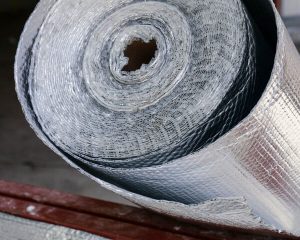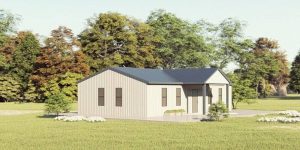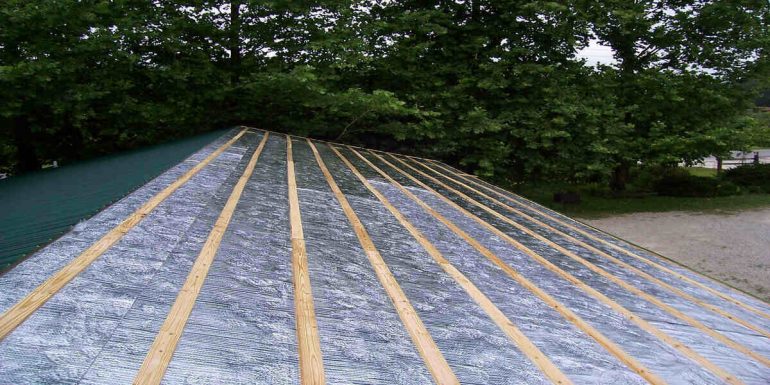When it comes to preserving the environment and achieving a more energy-efficient lifestyle. Your house is the most important place to start.
You may already recycle and use solar panels for energy. But there’s so much you can do to really crave a green lifestyle.
For the most part, the true sustainability you make in a home’s building envelope is the barrier between your living area and the outside world.
What is reflective insulation?

Reflective insulation is a barrier manufacturing using aluminum foil or aluminized polyester, often known as foil insulation.
Insulation such as reflective insulation assists in decreasing energy expenses by preventing heat from radiating from the sun onto the roof, through the attic, and into the inside of your home.
If your house isn’t properly insulated and r value insulation is low. Your systems have to work harder and consume more energy because of the natural flow of heat from the outside.
How does reflective insulation work?
Reflective insulation, in contrast to other types, often needs a 34-inch gap to be effective. Little pockets need to develop between the insulation and the surface so that it may properly reflect and deflect.
It is best to keep it clean and clear of dust. Even a little layer of still air acts as an additional layer of insulation, but only if it stays that way; otherwise, it will conduct heat away from the surface.
In addition to improving energy efficiency, reflective insulation and high-performance seaming tape may raise HERS ratings. The life expectancy of HVAC systems, and a home’s resale potential.
Reflective insulation is very durable

One of the many benefits of reflective insulation is that it lasts much longer in hotter climates than its traditional counterparts.
It’s slower to degrade since it does better with moisture without retaining it.
Therefore, if you live in a warm and moist climate, consider investing in reflective insulation.
It’s easy to install
Another advantage of reflective insulation is that it’s less bothersome to install. Due to its thinner and lighter form, people don’t have any issues putting it up on their roofs.
Being that it’s less bulky, fitting it properly will not pose an issue. Especially if you’re not much experienced with installing insulation systems.
However, if you find that you have some problems during the installation process. You should call a professional. This way you’ll ensure that there’s no warm air coming into your house. And that your reflective insulation lasts longer.
Reflective insulation can reduce drafting
By providing that reflective insulation is proper installation. It can function as a great means to reduce drafts in your home.
By proper installation, we meant its tight sealing. When a high-quality tape you will use seaming. The reflective insulation’s properties will stop unwanted air transfer resulting in a less drafty space.
Reflective insulation doesn’t take up much space
Reflective insulation also works well when there is a limited amount of room. Since it takes up a fraction of the space needed for a bulk insulation system.
Therefore, reflective insulation is generally the best option for walls and other small spaces.
Reflective insulation does not need anything other than a nearby air gap to work. Insulation comes from the air, which takes in the heat and dissipates it.
It’s a great choice for metal buildings

If you own a metal building, getting it insulated with a reflective insulation system is the best thing you can do for your overall comfort.
Metal buildings get heated up easily by the means of radiant heat transfer which is their principal mechanism of heat input and loss.
Reflective insulation is superior for preventing radiant heat transfer. Additional benefits of reflective insulation for metal constructions are that it saves energy and money on heating and cooling systems, prevents mold, and can be readily retrofitted into existing metal structures.
You should also be at ease to know that it passed standardized testing for fire safety for metal buildings.




